
“New Perspectives on Traditional Chinese Medicine” series articles are not purely theoretical knowledge of TCM, but rather interpretations of dietary therapy and food-medicine homology ingredients from modern scientific and nutritional perspectives, aiming to broaden horizons, expand thinking, and inspire wisdom, providing new perspectives and ideas for understanding the wisdom of ancient people.
There was an ancient figure known as the “Little Immortal Elder”.
He was a scholar of Daoism during the Eastern Jin Dynasty, as well as a renowned alchemist and medical scientist in China.
His name was Ge Hong.
When mentioning Ge Hong, many people unfamiliar with TCM might first think, “Isn’t he the alchemist?”
This perception may stem from certain films and “fantasy novels” that have either glorified or demonized the concept of “elixirs”. Nowadays, when people hear about “alchemy”, they often unconsciously regard it as something “unreliable”.
Some people, out of disdain for “elixirs”, might also dismiss the writings left by Ge Hong, thinking, what real skills could someone who practices alchemy possess?
In fact, Ge Hong’s “alchemy” is quite different from the exaggerated portrayals in films.
During his alchemical practices, he discovered the chemical changes of substances under special conditions.
It can be said that he was not only refining “elixirs”, but also laying the groundwork for modern chemistry.
The records and applications of material reactions during his alchemical processes have had a positive impact on the development of medicine and chemistry in later generations.
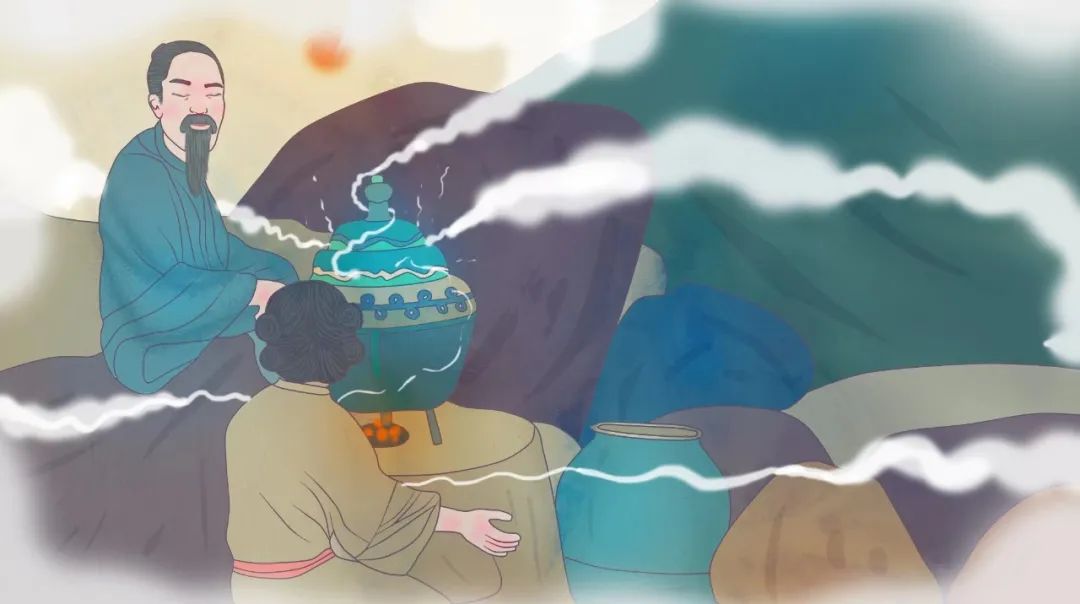
◎Image authorized by Baotu Network
Ge Hong is indeed much more impressive than we imagine.
He was not just an alchemist and medical scientist, but also a scientist.
Yes, you read that right, a scientist.
As early as the Eastern Jin period, he had already connected medicine with multiple fields from a scientific perspective, which is quite remarkable.
For example, Ge Hong conducted in-depth research on certain “acute diseases” that people at that time referred to as “heavenly afflictions”, believing them to be a punishment from heaven.
However, Ge Hong discovered that these were not “unspeakable” diseases, but rather caused by external “pestilential qi”, which includes many pathogenic microorganisms known today.
Some of the “acute diseases” during Ge Hong’s time can now be seen as acute infectious diseases, and the causes are not “heavenly punishment”, but rather various microorganisms that can trigger acute infections.
It is truly remarkable that he could identify these in an era without microscopes.
Today, we will discuss an ingredient that is described as quite “magical” in Ge Hong’s writings, and upon deeper understanding, we will find that this “magic” is actually filled with scientific significance: Wu Wei Zi (Schisandra).
Resilience to Cold and Heat
Regarding Wu Wei Zi, there is a saying in Ge Hong’s book: “The five flavors are the essence of the five elements; its fruit has five flavors. A person who consumed Wu Wei Zi for sixteen years had a complexion like that of a jade maiden, unaffected by water or fire.”
What does this mean?
It roughly describes a person who consumed Wu Wei Zi for sixteen years, and as they aged, they still retained a “youthful feeling”, with a complexion like that of a jade maiden. Not only that, but they were also unaffected by cold in winter and heat in summer.
Sounds quite “magical”, right?
How could this be possible?
It actually is possible.
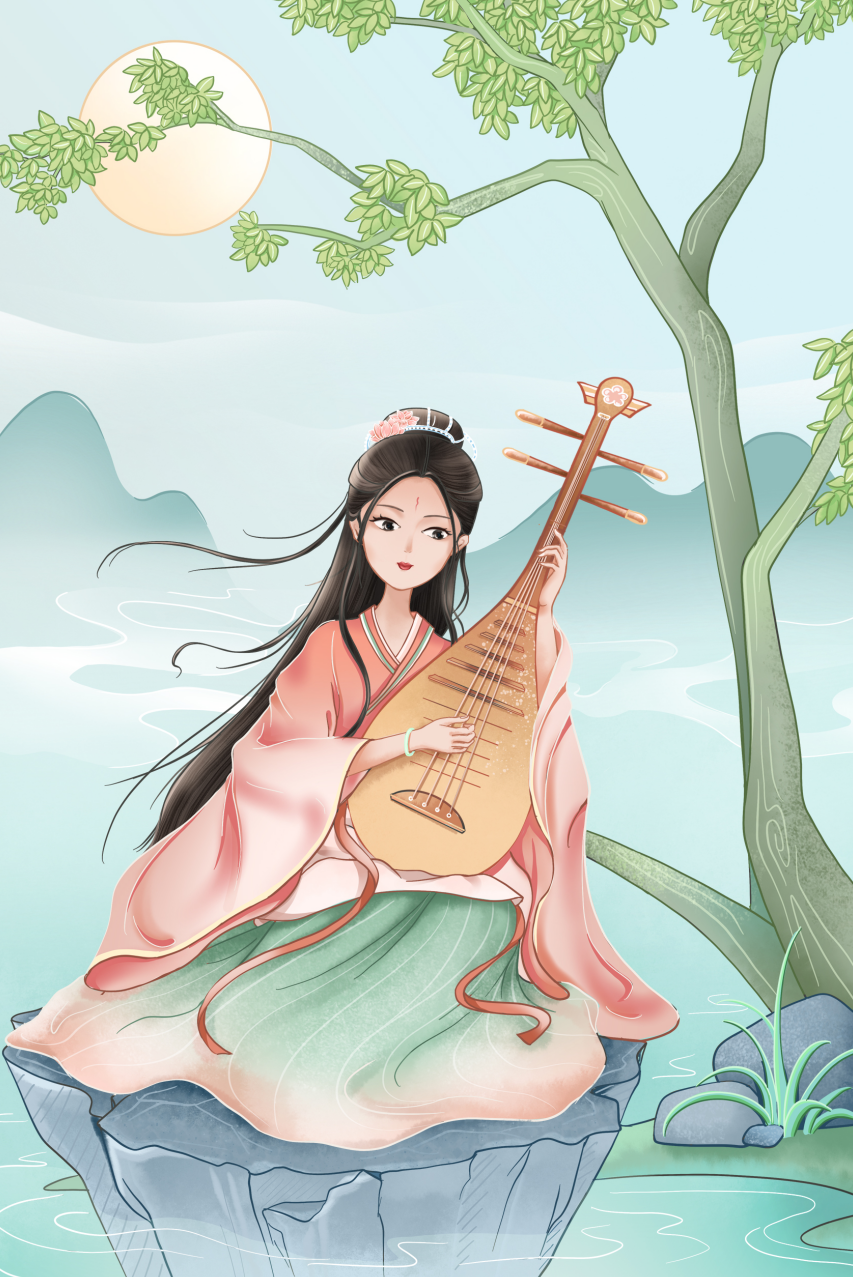
◎Image authorized by Baotu Network
First, we need to correctly interpret this statement. “Complexion like that of a jade maiden” simply means that the person has taken good care of themselves and aged more slowly than others of the same age, not that they do not age at all.
Moreover, “unaffected by water or fire” does not mean “invulnerable to water and fire”, but rather indicates a good tolerance to “cold and heat”, and also refers to noble moral character, metaphorically suggesting that one can maintain their integrity in any difficult environment.
This statement can be traced back to the Zhuangzi: “If so, one can climb high without fear, enter water without getting wet, and enter fire without feeling hot.” We all know that Ge Hong was a scholar of Daoism, and it is not surprising that such phrases appear in his writings, integrating TCM with Daoism.
Upon deeper exploration, we find that this statement not only integrates Daoism, TCM, and science perfectly.
You may be curious: “I see Daoism, I see TCM, but where is the science?”
Don’t worry, let me explain in detail.

Delaying Aging
First, let’s look at why, from a scientific perspective, Wu Wei Zi can still slow down the “rhythm” of aging.
Scientific research has found that polysaccharides from Wu Wei Zi possess excellent anti-aging capabilities, capable of enlarging and thickening the thymus and spleen that shrink during aging, increasing the number of thymic cortical cells and splenic lymphocytes, and enlarging splenic nodules.
Studies indicate that Wu Wei Zi polysaccharides can enhance the immune capacity of aging populations and promote the development of aging nerve cells.

◎Image authorized by Baotu Network
As people age, they often experience a situation where their “brain is not sufficient”.
The anti-aging effects of Wu Wei Zi are not only reflected in the body but also in intelligence.
Researchers have found that Wu Wei Zi has good cognitive-enhancing abilities.
Studies show that Wu Wei Zi can reduce the number of errors in reflex tests. The active compounds in Wu Wei Zi can improve cognitive activities, enhance work efficiency, and improve actions that require focused attention and fine coordination.
Further research has confirmed that Wu Wei Zi can enhance memory in mice and delay the aging of neuronal ultrastructure.

Resilience to Cold and Heat
Some people are sensitive to cold, some to heat, and some are sensitive to both.
For instance, some feel colder than others in winter and feel hotter than others in summer.
This is a lack of resilience to cold and heat.
For such situations, consuming some Wu Wei Zi can help one to be “unaffected by cold and heat”.

△ Wu Wei Zi ◎ Photo by Yiru
From a modern physiological perspective, “lack of resilience to cold and heat” may be caused by multiple factors, such as temperature regulation, autonomic nervous system function, and metabolic processes.
A person who is sensitive to both cold and heat may have a disordered nervous system, a disrupted endocrine system, or metabolic dysfunction.
Wu Wei Zi is very helpful in regulating and protecting the nervous system.
Researchers have found that the essential oil of Wu Wei Zi has regulatory capabilities on the central nervous system, enhancing the body’s defense against non-specific stimuli.
Wu Wei Zi can improve neuronal degeneration in brain tissue and protect nerve cells.
Studies show that Wu Wei Zi extract can increase superoxide dismutase activity, reduce MDA levels, enhance the repair capacity of neuronal DNA damage, decrease the number of apoptotic cells, and enhance Bcl-2 gene expression. Wu Wei Zi has neuroprotective capabilities, enhancing PC12 cells’ uptake of glutamate, reducing extracellular glutamate concentration, and antagonizing the inhibitory effects of 6-hydroxydopamine on PC12 cells’ glutamate uptake and cell viability.
Additionally, Wu Wei Zi has antioxidant properties, providing protection against apoptosis of nerve cells caused by certain substances.
Insomnia and Excessive Sweating
In summer, a common problem people face is insomnia and excessive sweating.
Appropriate sweating is a normal phenomenon; if it is hot and one does not sweat, it can lead to problems.
However, some people sweat excessively, even two or three times more than others, always feeling “damp” and restless at night, unable to sleep.
For this condition of insomnia and excessive sweating, drinking a decoction of Wu Wei Zi and Huang Qi (Astragalus) is very helpful.

◎Image authorized by Baotu Network
Research shows that Wu Wei Zi has sedative and hypnotic effects, which can extend sleep duration, and its hypnotic abilities are related to the regulation of serotonin levels in the brain.
Researchers have also found that the effects of Wu Wei Zi on sleep are not limited to inducing sleep but also include regulating sleep patterns, with the same dosage of Wu Wei Zi having different regulatory effects on different sleep conditions, possibly involving different genes.
Fatigue and Shortness of Breath
In summer, people often feel “out of breath”, frequently feeling tired and drowsy, and those slightly older may even experience shortness of breath.
During such times, a decoction of Ren Shen (Ginseng), Mai Dong (Ophiopogon), and Wu Wei Zi can be consumed.
Research shows that Wu Wei Zi has good anti-fatigue capabilities.
Researchers have found that Wu Wei Zi enhances aerobic endurance and anti-fatigue abilities, helping to increase the weight of immune organs and improve the phagocytic capacity of the reticuloendothelial system.

◎Image authorized by Baotu Network
We all know that if there is a lack of oxygen, one will feel very uncomfortable, feeling more “tired” and “fatigued” than usual.
The more oxygen-deprived one is, the more tired they feel, and the more tired they feel, the more uncomfortable they become due to the lack of oxygen.
This creates a vicious cycle.
Wu Wei Zi helps us break this “cycle”.
Research has found that Wu Wei Zi extract can increase the survival time and swimming time under normobaric hypoxia in experimental models, indicating its potential to enhance hypoxia tolerance and anti-fatigue capabilities.
Osteoporosis
As summer arrives, if one has time, people often want to go out and enjoy the beautiful scenery of the country.
However, for those with poor bone health, even if they want to say, “The world is so big, I want to see it”, they may succumb to the pain of their bones.
Legs and feet may feel uncomfortable, cramping, and knee joints may hurt, making it truly “difficult to move”.
If one has such issues, consuming some Wu Wei Zi can also be beneficial.
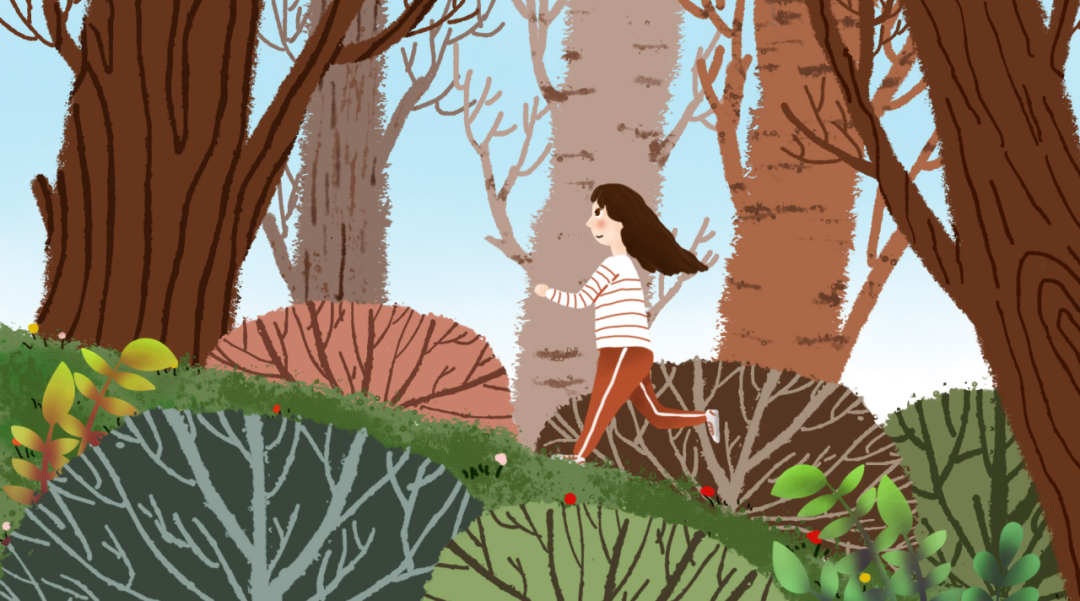
◎Image authorized by Baotu Network
Researchers have studied the anti-inflammatory capabilities of Wu Wei Zi on arthritis and found that it can inhibit inflammatory responses to a certain extent, possibly related to promoting autophagy in synovial cells.
Some may say, “I don’t have joint problems, my body doesn’t hurt, but I have osteoporosis and fear falling.”
This is indeed a concern, as osteoporosis can easily lead to fractures, and even a slight bump can pose a risk of bone breakage.
For such situations, consuming some Wu Wei Zi can also be beneficial.
Researchers have found that Wu Wei Zi can enhance bone strength in ovariectomized osteoporotic rats by inhibiting osteoclast bone resorption while increasing osteoblast activity.
Low Mood and Melancholy
In summer, people are more prone to feeling “down” or “irritable”.
They may either feel gloomy and unmotivated or become very irritable and easily provoked.
Sometimes, nothing may have happened, yet one feels emotionally off.
For such issues, brewing some Wu Wei Zi to drink can also be helpful.

◎Image authorized by Baotu Network
Emotions are related to the secretion of neurotransmitters in the brain, and Wu Wei Zi has a regulatory effect on the secretion of neurotransmitters in different brain regions.
Research has found that Wu Wei Zi can shorten the duration of the tail suspension test and swimming test in depression-like mice, indicating its potential antidepressant capabilities.
Researchers have found that the antidepressant mechanism of Wu Wei Zi may be related to enhancing the neurochemical capacities of serotonin and dopamine.
Consumption of Wu Wei Zi
The method of using Wu Wei Zi is very simple; just brew it in water.
However, there are two methods of brewing: “crushed” and “not crushed”.
Wu Wei Zi
“Crushed” or “Not Crushed”
“Crushed” means to expose the seeds of Wu Wei Zi.
If you want to disperse heat, you should crush the Wu Wei Zi before brewing, which will have a slightly bitter taste; if the heat is not significant, you can brew it directly, which will have a more sour-sweet flavor.
Additionally, Wu Wei Zi is also categorized into southern and northern varieties.
The southern Wu Wei Zi is reddish, while the northern Wu Wei Zi is darker.
The northern Wu Wei Zi is better for nourishing the five organs, nourishing yin, and calming the spirit; the southern Wu Wei Zi is better for dispersing exterior pathogens, dispelling cold, and relieving cough.
If we want to use Wu Wei Zi to regulate insomnia and nourish the heart to calm the spirit, we can choose northern Wu Wei Zi; if we want to use Wu Wei Zi to stop cough and relieve asthma, we can choose southern Wu Wei Zi.
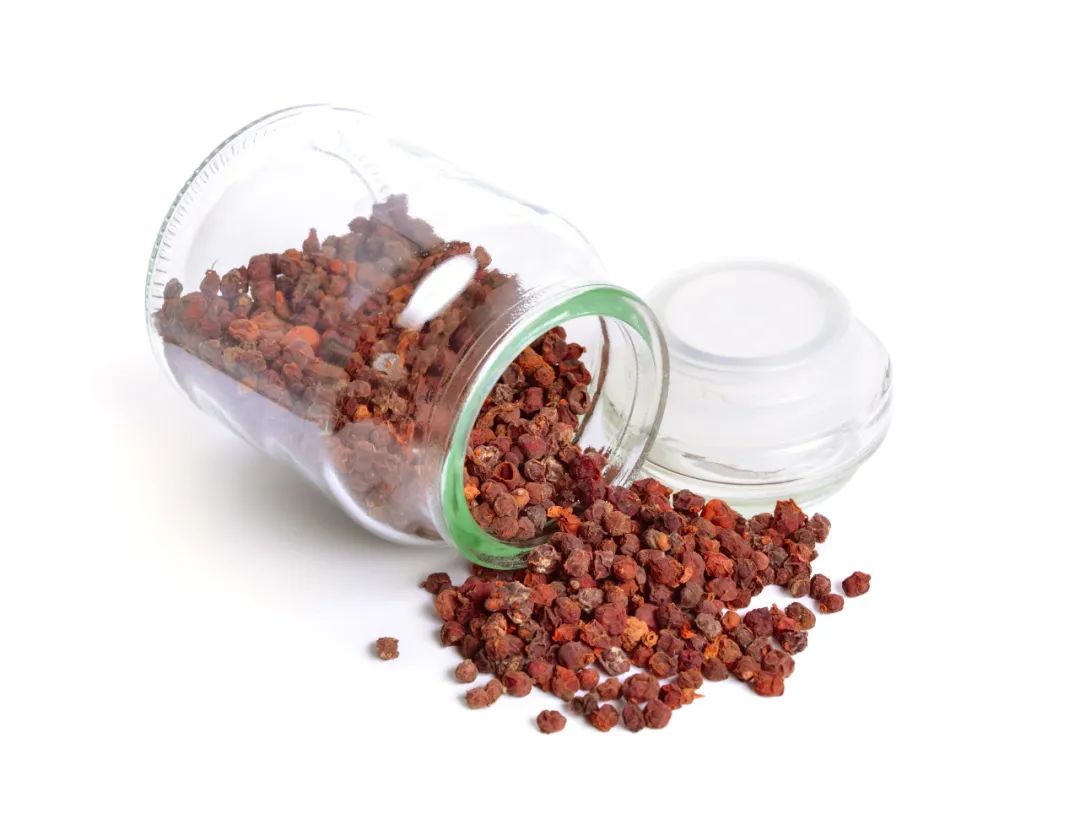
◎Image authorized by Baotu Network
Regarding the southern and northern varieties of Wu Wei Zi, its consumption, and its abilities to generate fluids and relieve cough, Yiru has previously detailed in other articles, so we will not elaborate further here. Interested friends can click the red text below to view.
North
South
Here is the article link, just click to jump~
South
North
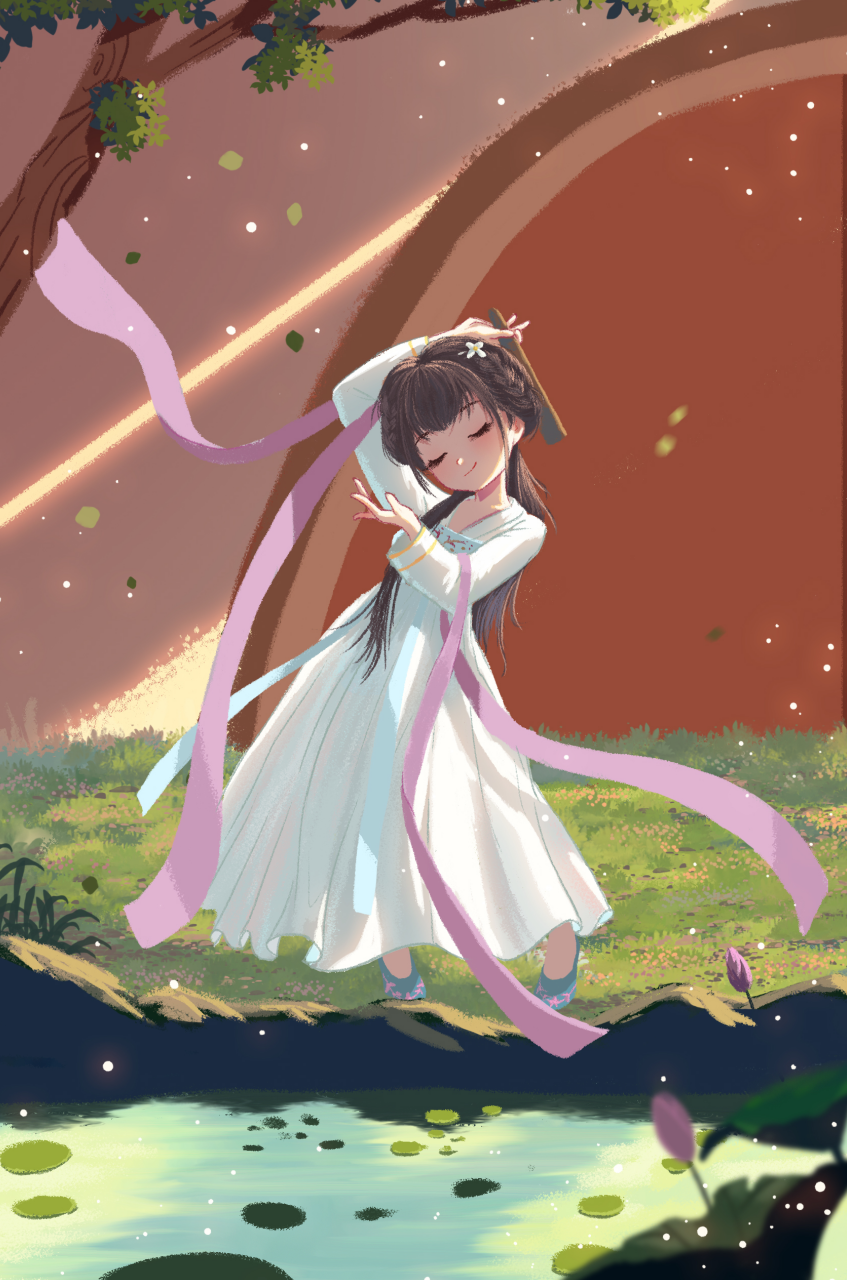
◎Image authorized by Baotu Network
Wu Wei Zi is indeed a wonderful name.
It is fascinating that Wu Wei Zi is divided into southern and northern varieties.
People say that to taste the five flavors of life is to understand the warmth and coldness of the world.
So, is brewing a pot of Wu Wei Zi and sipping it a way to savor the flavors of this mundane world?
Ah, regardless of the flavors of life.
Go with the flow, find joy, and be at peace.
I wander through the world, living my life, in the south, north, west, and east.
[References]
1. Han Xinyao, Wang Jinxin, Zhang Xinmeng, etc. Study on the effect of Schisandra chinensis essential oil on improving skin aging. Journal of Jiamusi University, 2023.
2. Zheng Xiaoxia, Zhao Shuting, Wang Rongcan, etc. Application and prospect of Schisandra chinensis in cosmetics. Journal of Agriculture, 2023.
3. Protective effects of schizandrin and schizandrin B wards cisplatin Nephroxicity in Vitro J Appl Toxic Jat, 2014.
4. Wang Yanli, Ning Yu, Ding Ying. Chemical Composition, Modern Pharmacology and Clinical Research Progress of Schisandra chinensis Fruit. Traditional Chinese Medicine Information, 2023.
5. Liu Jing, Hu Di, Zhao Mengdan, et al. Research progress on anti-aging effect of Schisandra chinensis polysaccharide. Journal of Jilin Medical College, 2022.
6. Ru Yi, Fan Huijie, Chai Zhi, et al. Research progress on pharmacological effects of Schisandra chinensis alcohol on central nervous system. Chinese Journal of Traditional Chinese Medicine, 2022.
7. Schisandrin, an Antioxidant Lignan from Wuweizi (Schisandra chinensis), Amelio rates A β 1-42 Induced Memory Impayment in Mice Occupational Medicine and Cellular Longevity, 2012.
8. Xing Nannan, Qu Huaidong, Ren Weichao, et al. Research progress on the main chemical constituents and modern pharmacological effects of Schisandra chinensis chinensis. Chinese Journal of Experimental Prescriptions, 2021.
9. Antitussive activity of the Schisandra chinensis fruit polysaccharide (SCFP-1) in guinea pigs models J Ethnopharmacol, 2016.
10. Gao Hanming. Effects of functional food materials such as Schisandra chinensis on CKIP-1 expression and osteocalcin secretion of mouse osteoblasts. Foshan University, 2021.
11. Ma Yanchun, Feng Tiantian, Han Yubo, et al. Research progress on chemical constituents and pharmacology of Schisandra chinensis chinensis. Journal of Traditional Chinese Medicine, 2020.
12. Niu Jiamu, Liu Jiawei, Lin Huijiao, etc. Experimental study on the anti fatigue effect of Schisandra chinensis acid polysaccharide on mice. Journal of Beihua University, 2020.
13. The effectiveness and molecular mechanism of the effect of schisandrin b on the treatment of corrective dysfunction Iran J, 2019.
14. Liang Guojun. Study on the therapeutic effect and mechanism of Schisandra chinensis B on primary type I and II osteoporosis. Southern Medical University, 2020.
15. Bai Wenyu, Wang Houen, Wang Bingyao, et al. Research progress on chemical constituents and pharmacological effects of Schisandra chinensis chinensis. traditional Chinese patent medicines and simple preparations, 2019.
16. Yao Xinmin, Wang Qi, Zhou Yanyan, et al. Experimental research progress on pharmacological effect of Schisandra chinensis alcohol on central nervous system. Journal of Traditional Chinese Medicine, 2018.
17. Chi Aiping, Guo Huanhuan. The effect of Schisandra chinensis polysaccharide on the exercise ability of swimming training mice in high-temperature environment. Liaoning Sports Science and Technology, 2015.
18. Xu Yueben. Research Progress on Pharmacology and Clinical Application of Schisandra chinensis. Introduction to Traditional Chinese Medicine, 2015.
19. Analysis of ligans in Schisandra chinensis and rat plasma by high performance liquid chromatography diode array detection, time of flight mass spectroscopy and quadrupole ion trap mass spectroscopy Rapid Commun Mass Spectrom, 2009.
20. Wang Zhicun, Dong Peipei. Research progress of Schisandra chinensis polysaccharide on anti exercise fatigue. Food studies and Development, 2012.
21. Qi Yanhui, Zhao Caiyu. Research progress on modern pharmacological effects of Schisandra chinensis chinensis. Chinese Medical Guide, 2011.
22. Liu Li, Zhu Zhihua. Study on the anti fatigue effect of Schisandra chinensis polysaccharide. Chinese folk medicine, 2011.
23. Shi Lin, Wang Zhicheng, Feng Xuqiao. Research Progress on Chemical Constituents and Pharmacological Effects of Schisandra chinensis Fruit. Drug Evaluation Research, 2011.
24. Si Xulan, Meng Zhaoqin, Sun Ying. Effects of Schisandra chinensis polysaccharide and swimming exercise on the central nervous system of fatigue rats. Journal of Xuzhou Normal University, 2011.
25. Gao Jianfeng, Zhang Hongsheng. Overview of research on the effect of Schisandra chinensis on the central nervous system. Chinese Herbalist, 2010.
26. Miao Mingsan. Effect of Schisandra chinensis polysaccharide on aging model mice. Chinese Journal of Medicine, 2002.
27. Xia Liqing. Schisandra chinensis in the treatment of fatigue syndrome and climacteric syndrome. Journal of Traditional Chinese Medicine, 1998.
28. Zhang Linkui, Niu Xinyi. The effect of Schisandra chinensis alcohol on monoamine transmitters in the central nervous system. Journal of the Chinese Academy of Medical Sciences, 1991.
29. Research on liver biochemistry and central nervous system pharmacology of Schisandra chinensis. Institute of Materia Medica, Chinese Academy of Medical Sciences, 1987.
Classic knowledge passed down with care, experience verified by the “new”. This is the New Perspectives on Traditional Chinese Medicine column, bringing you from life into science, from TCM to the world. If you would like to learn about other food-medicine homology ingredients, feel free to leave us a message!
— THE END —
Related Articles Review
❀As autumn arrives and summer heat lingers, are there any ingredients that can both generate fluids and relieve thirst, as well as calm the lungs and spirit?
❀Introducing a grain that protects the liver and assists the kidneys while dispelling dampness!
❀A common ingredient that can relieve throat pain, skin itching, clear the eyes, and soothe the liver and qi!
For more related articles, please search within the public account.
❀Article Search Guide
✿Article by Yiru
✿Editor: Yiru
✿Proofreader: Ziye
✿All images in the text are credited; please do not use without authorization.

Dr. Luo’s video account – 【Luo Dalun Channel】 is now officially launched! We will continuously provide exciting video content for everyone, welcome to follow, so you can see Dr. Luo’s videos in a timely manner and not miss future live broadcasts (possibly)~
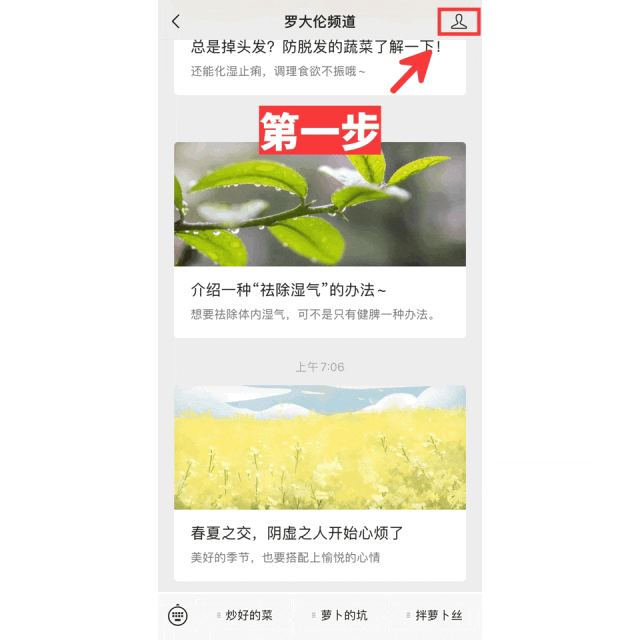
Dr. Luo says, reading articles along with videos is even better!
Dr. Luo’s new Douyin account “Luo Dalun Talks about Chinese Studies” is online! This account shares insights on Chinese studies and the wisdom of life, welcome new and old friends to follow and support~
Follow Douyin “Luo Dalun” to watch Dr. Luo’s live broadcasts, which are scheduled from Monday to Friday, 8 PM to 9 PM, covering Chinese studies and the I Ching.
Due to many regulations on the Douyin platform, please do not consult TCM-related content in the live broadcast room. Everyone is welcome to watch.

Essay Contest
If you also have a story related to TCM, you can write it down and submit it to us at any time. Please submit your article in Word document format to our email.
Please ensure that the submitted article is original and include your WeChat nickname, name, phone number, address, and other contact information. After screening, we will obtain authorization from the author to publish it in the channel’s column. Once published, we will send you a signed book by Dr. Luo!~
Thank you all for your positive feedback, and we look forward to you sharing your stories with us and more people, allowing more to feel the charm of Chinese culture.

Dr. Luo’s official WeChat public account has the following four, everyone can scan the QR code to follow. Any others are imitations, please do not be deceived!

Luo Dalun Channel
WeChat ID: luodalunpd
Dalun Academy
WeChat ID: Dalun_sy


Dalun Parenting Talk
WeChat ID: dalun_yes
Dr. Luo Dalun
WeChat ID: Drluodalun

🔹The copyright of original articles in this public account belongs to this account. If you need to reprint, please leave a message to the editor and indicate the source. Commercial use is prohibited.
🔹The articles reprinted by this public account are for learning and communication purposes only and fall within the scope of fair use. If there are errors in the attribution of image sources, data sources, or text copyright sources, please inform the editor, and corrections or deletions will be made immediately.
🔹This public account holds the portrait rights of Dr. Luo Dalun. Any unauthorized use will be pursued legally.
🔹This public account is legally supported by Beijing Zhongzhe (Shenyang) Law Firm, and will pursue legal responsibility for any unauthorized reprints, commercial use, and refusal to delete posts after warnings.

